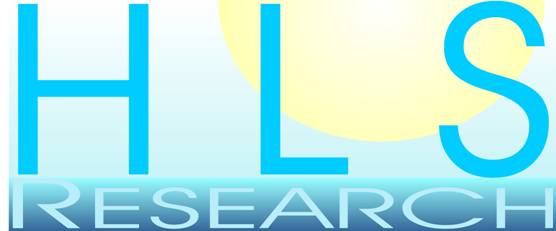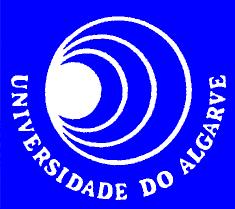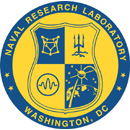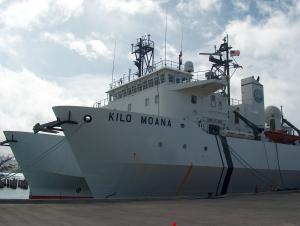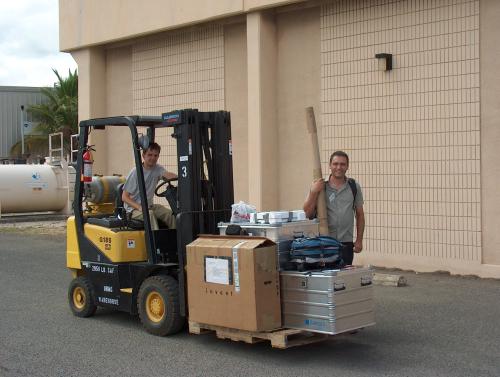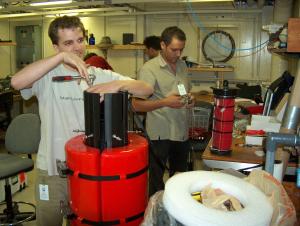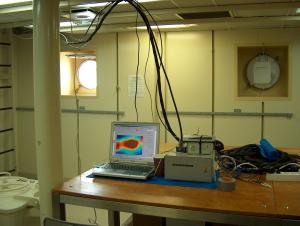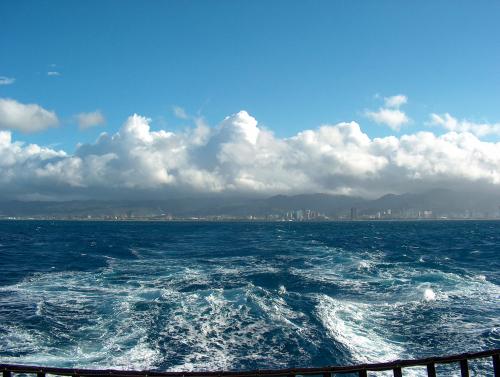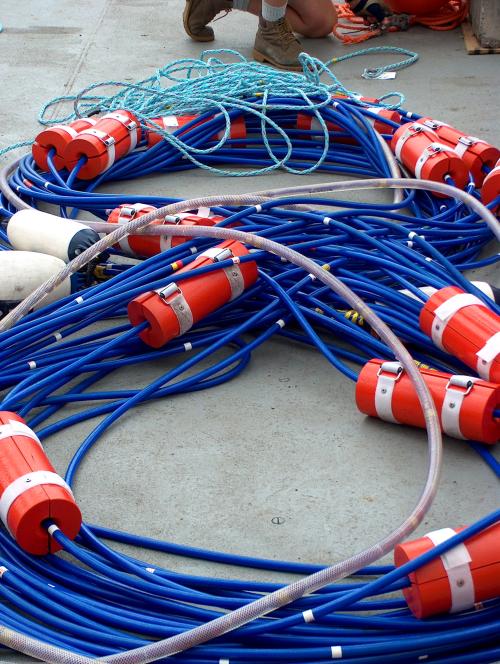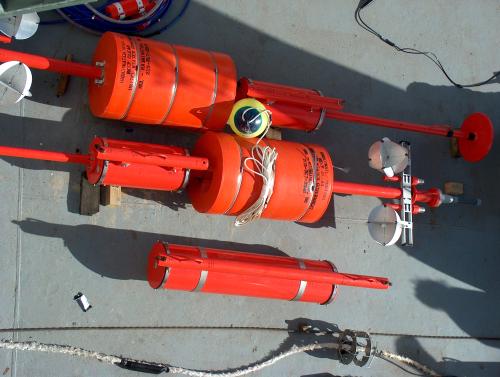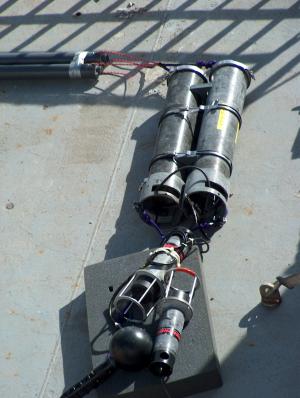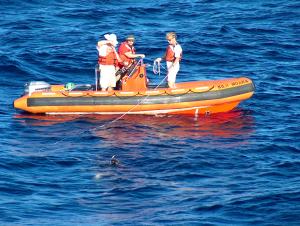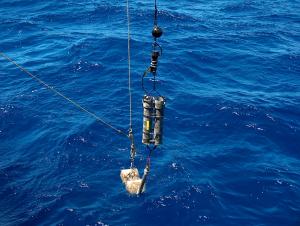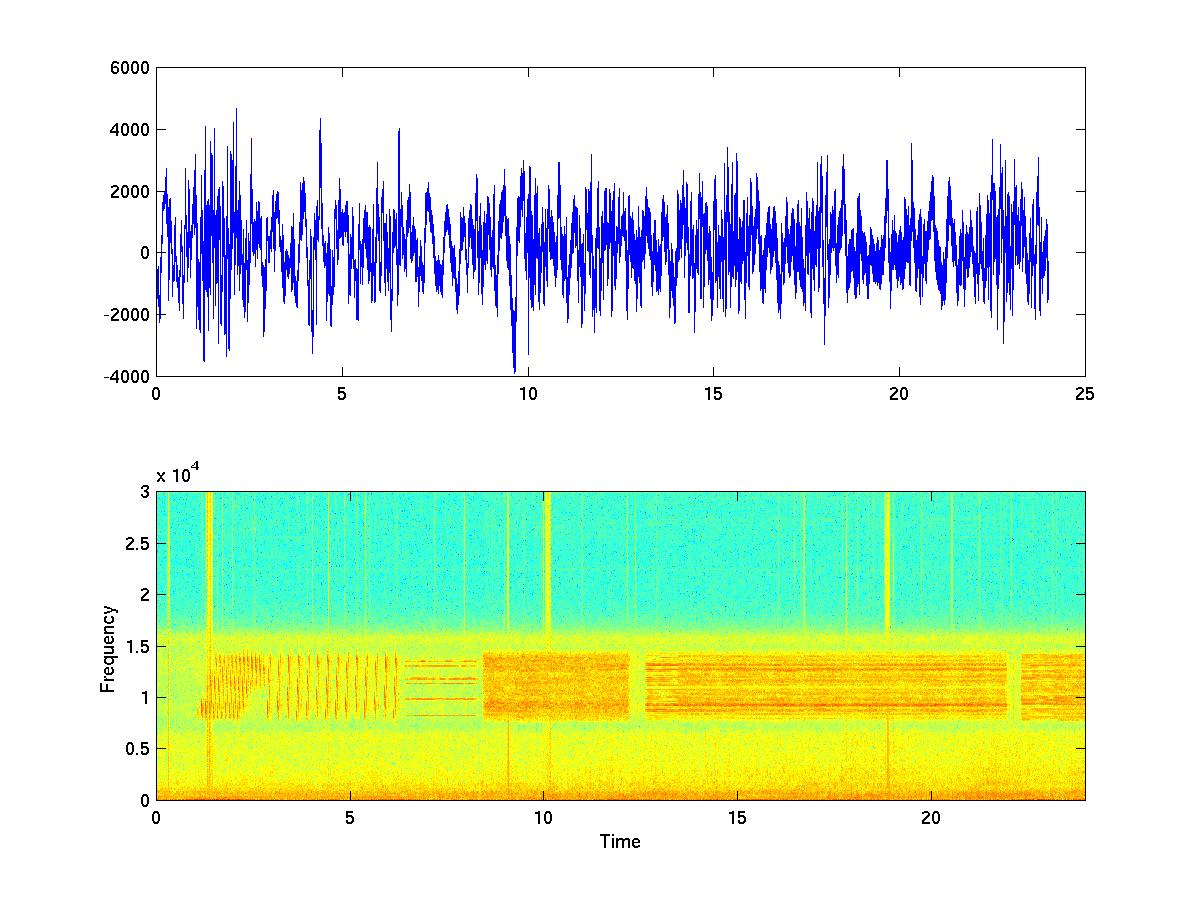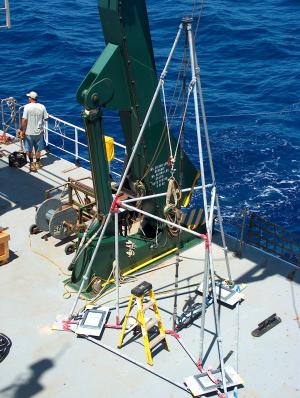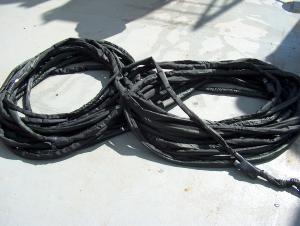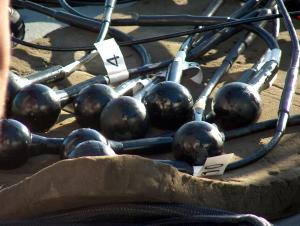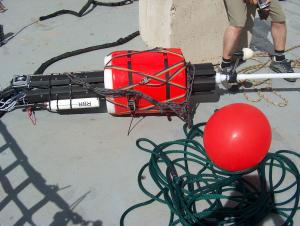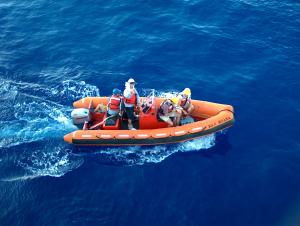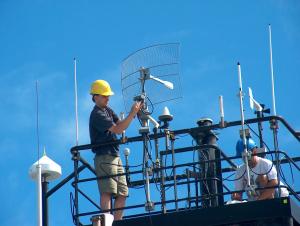Sep 18 - first AOB 2 deployment on a free drifting
configuration, well North from all other equipment. The sea state was
approximately 2 m waves with 30 knot winds.
Due to an unknown reason the RBR thermistor string did not start
acquisition at startup, acquired 15 min of data later during the day
and stoped.
See detailed explanation of AOB2 history, technical specs and
objectives here.
|
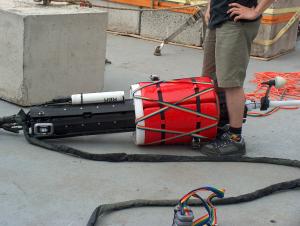
|
During deployment the long surface float line got stuck in the radar
reflector so the buoy was heavily listed. KM stayed very close to
the AOB2. Communications were perfect. Data was
received in good conditions.
AOB2 was drifting along to the NE during 4 hours. TB1 was transmitting
and signals were recieved aboard AOB2 and transfered to KM for
inspection.
|
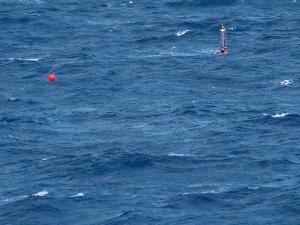
|
18:00 - recovery was very difficult because strong cable was too short.
At first recovery hook hold on scotch tape used to attach recovery line
and floating cable. Scotch tape brook apart and AOB2 splashed into the
water. Next hook up was difficult and AOB2 got stuck under starboard KM
hull. Radar reflector, wireless antenna and RBR connector were lost
during recovery (picture on the right).
20:00 - SLIVA deployment from KM.
|
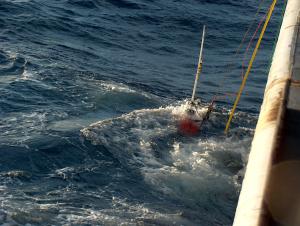
|
